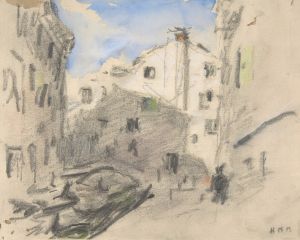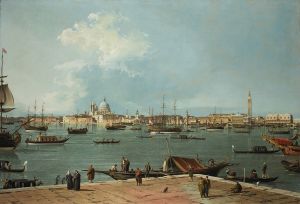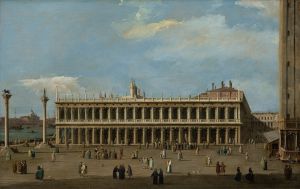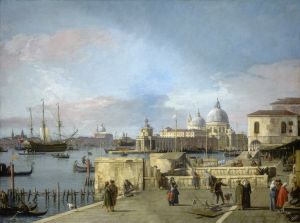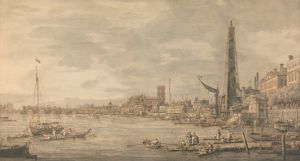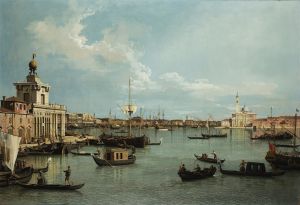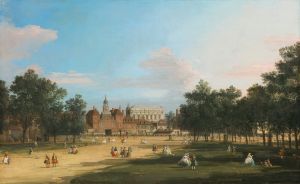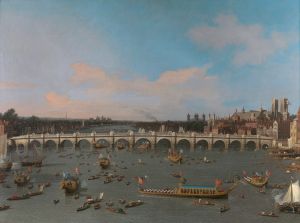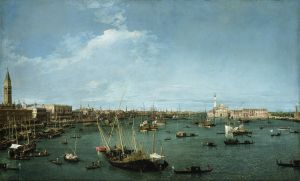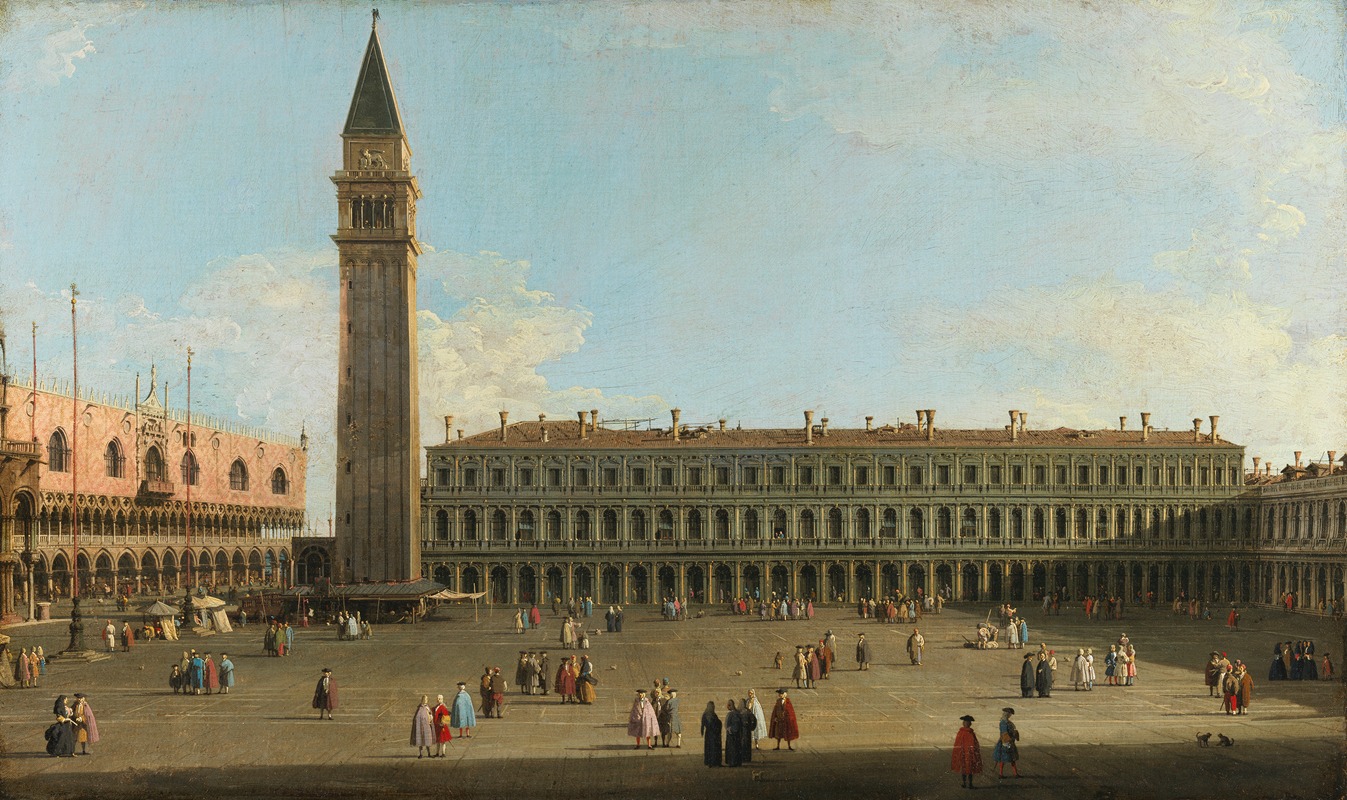
Saint Mark’s Square, Venice
A hand-painted replica of Canaletto’s masterpiece Saint Mark’s Square, Venice, meticulously crafted by professional artists to capture the true essence of the original. Each piece is created with museum-quality canvas and rare mineral pigments, carefully painted by experienced artists with delicate brushstrokes and rich, layered colors to perfectly recreate the texture of the original artwork. Unlike machine-printed reproductions, this hand-painted version brings the painting to life, infused with the artist’s emotions and skill in every stroke. Whether for personal collection or home decoration, it instantly elevates the artistic atmosphere of any space.
"Saint Mark’s Square, Venice" is a renowned painting by the Italian artist Giovanni Antonio Canal, better known as Canaletto. Canaletto, born in 1697 in Venice, was a prominent figure in the 18th-century Venetian school of landscape painting. He is best known for his detailed and precise depictions of cityscapes, particularly those of Venice, which were highly sought after by collectors, especially British aristocrats undertaking the Grand Tour.
The painting "Saint Mark’s Square, Venice" captures the bustling life and architectural grandeur of Piazza San Marco, the principal public square of Venice. This square is often considered the social, religious, and political heart of the city. Canaletto's work is celebrated for its meticulous attention to detail and the ability to convey the vibrancy and atmosphere of the location.
In this painting, Canaletto employs his characteristic use of perspective and light to bring the scene to life. The composition typically includes the iconic structures surrounding the square, such as St. Mark's Basilica, the Campanile, the Procuratie, and the Clock Tower. These elements are depicted with precision, showcasing Canaletto's skill in architectural rendering. The painting also captures the lively activity of the square, with figures of various social standings engaging in daily activities, which adds a dynamic quality to the scene.
Canaletto's technique involved the use of a camera obscura, a device that projected the scene onto a surface, allowing him to trace the outlines and achieve accurate proportions. This method contributed to the remarkable precision and clarity found in his works. His paintings are noted for their bright, clear light and the use of a palette that captures the unique atmosphere of Venice.
The painting is part of a larger body of work by Canaletto that focuses on Venetian views, known as "vedute." These works were highly popular among English collectors, leading Canaletto to spend a significant portion of his career in England, where he continued to produce similar works depicting London and other locales.
"Saint Mark’s Square, Venice" exemplifies Canaletto's ability to blend topographical accuracy with artistic interpretation, creating a work that is both a historical document and a piece of art. His paintings not only serve as a visual record of 18th-century Venice but also reflect the cultural and social milieu of the time.
Canaletto's influence extended beyond his lifetime, impacting the development of landscape painting and inspiring future generations of artists. His works remain highly regarded and are featured in major art collections worldwide, including the National Gallery in London and the Metropolitan Museum of Art in New York.
In summary, "Saint Mark’s Square, Venice" by Canaletto is a masterful representation of one of the most iconic locations in Venice, showcasing the artist's technical skill and his ability to capture the essence of the city. Through his detailed and vibrant portrayal, Canaletto provides viewers with a glimpse into the life and architecture of 18th-century Venice, solidifying his reputation as one of the foremost landscape painters of his time.







